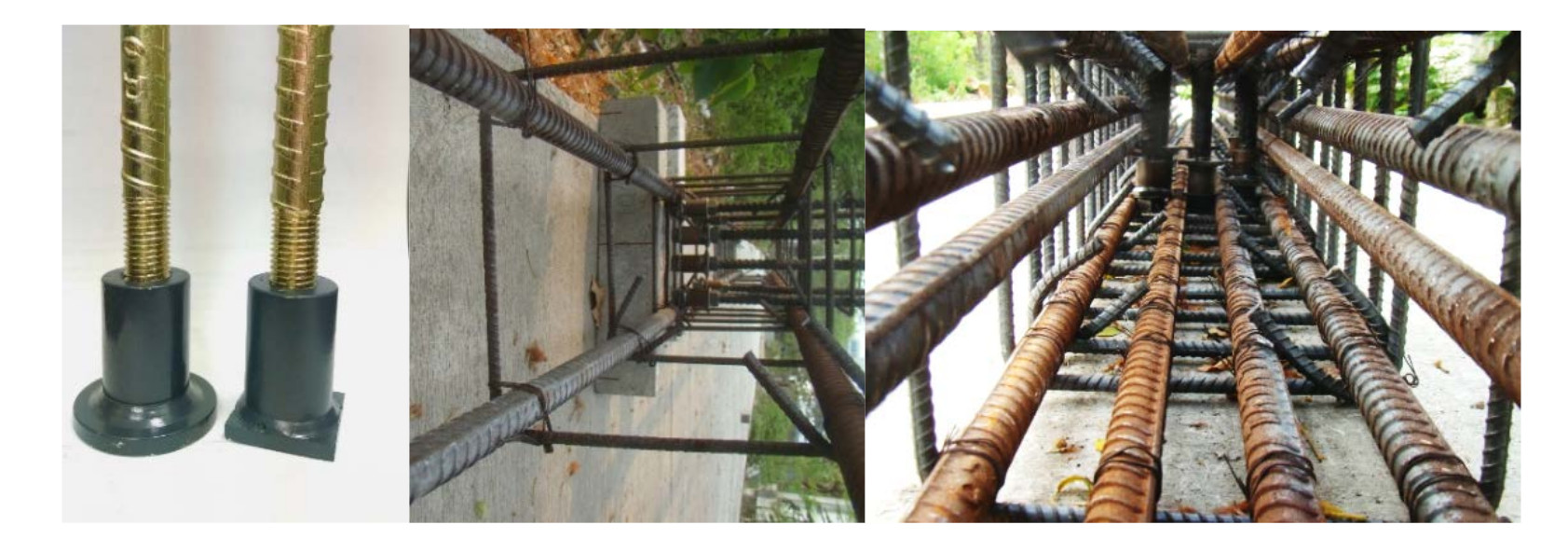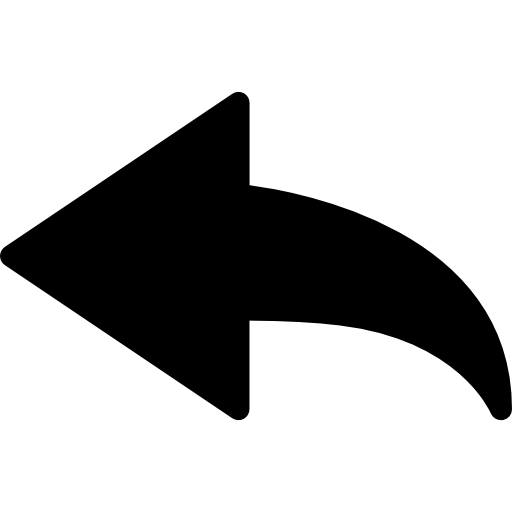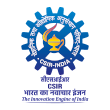Reinforcing India’s Infrastructure: Threaded Rebar Anchors
Reinforced concrete, a strong building material made by combining concrete and steel, is the backbone of modern construction, used in buildings, bridges, metro systems, foundations, industrial plants, and dams. Its strength comes from combining concrete, which resists compression, with bars reinforced with steel called rebars, which handle tension. Despite years of engineering improvements, one problem has remained: crowding of rebars, especially at joints which are crucial for transferring loads and absorbing earthquake forces. This is called reinforcement congestion. Traditionally, workers bend the ends of rebars into hooks or loops to anchor them in concrete. While this works, it takes up space, makes placement harder, slows construction, and increases labour. In high-rise buildings or heavily loaded structures, these challenges become even bigger.
CSIR-SERC’s threaded end anchor (Head-T)
To address this issue, the CSIR-Structural Engineering Research Centre (CSIR-SERC) in Chennai has developed an indigenous Threaded End Anchor system for rebars that meet IS 1786:2008 standards. Called Head-T, this system removes the need to bend bar ends. Instead, rebars are threaded at the ends during fabrication and can be screwed directly into specially designed anchor heads. This reduces manual work and eliminates the need for extra anchorage length, which was previously achieved by bending. The biggest advantage is a significant reduction in reinforcement congestion, making it easier to place, align, and tie rebars in dense sections. In earthquake-prone areas, where beam-column joints are vital, this innovation improves safety and simplifies construction.
Construction benefits and seismic performance
The Head-T system does more than just make /installation easier. By removing bent bar ends, it frees up space at joints, allowing for better concrete placement and compaction. This is important for structural strength, especially in areas that experience high stress and repeated loads during earthquakes. Threaded rebars also make assembly more precise and consistent, reducing dependence on the skill level of on-site workers. Time-consuming bending work is eliminated, which speeds up construction and lowers labour costs. These benefits make Head-T particularly useful for large-scale projects, where delays and variations in quality can be costly and risky.

Validation: Laboratory investigations and full-scales joint tests
The team, led by Dr. V. Srinivas and Dr. Saptarshi Sasmal, Chief Scientists of CSIR-SERC have comprehensively conducted investigations on threaded rebars to ensure the anchors do not weaken the steel or affect its flexibility. They also tested full-scale beam-column joints of a multi-storey building under reverse cyclic loading, which simulates earthquake forces. The results showed that Head-T anchors can offer very promising performance in terms of strain capacity, energy dissipation, and perform as well as or better than traditional anchorage methods.
Deployment flexibility: Sizes and head geometries for Indian practice
The system is also very adaptable. It has been designed for different rebar diameters commonly used in India. Two types of anchor heads, square and circular, have been developed to suit different needs, strength requirements, and construction practices. This flexibility means Head-T can be used in various structures, from buildings and bridges to dams, foundations, retaining walls, and even nuclear facilities.
National relevance: Make in India and self-reliance
Head-T also aligns with national priorities. By creating an indigenous alternative to imported anchorage systems, CSIR-SERC supports the Make in India initiative and the country’s goal of self-reliance in construction technology. Using locally made solutions reduces costs, speeds up project execution, and ensures critical components are available without relying on foreign supply chains. According to Dr. N. Anandavalli, Director of CSIR-SERC, the technology is ready for industry adoption.
Global context: International precedents and India-specific design
Threaded anchorage concepts have been explored in other countries, especially in high-seismic and high-rise construction markets like the US, Japan, Germany, and China. What sets Head-T apart is that it is the first system designed specifically for Indian reinforcement standards, construction conditions, and seismic requirements. Instead of adapting costly imported systems meant for foreign codes (needs performance tests before use to validate for the Indian Standard requirements for adaptability), CSIR-SERC created a fully indigenous solution that fits Indian rebar specifications (IS 1786:2008), local fabrication practices, and project needs. In that sense, the global idea has been transformed into a made-in-India innovation with its own research base, testing data, and deployment readiness, marking a significant technological milestone rather than an imitation.
Bridging research and practice
What makes Head-T truly significant is how it connects research and practical use. It addresses a long-standing problem in concrete construction without changing standard practices, offering a solution that is both better and easier to use. For construction professionals and infrastructure developers, solutions like Head-T can be game-changers. It represents a new chapter in rebar anchorage that is timely, practical, and made in India. By tackling reinforcement congestion and improving seismic performance, Head-T has the potential to shape the way India builds its future: stronger, smarter, and more self-reliant.
Vaijayanthi Sambath Kumar
Research Intern, CSIR

 Pensioners Corner
Pensioners Corner Screen Reader Access
Screen Reader Access Skip to main content
Skip to main content






















